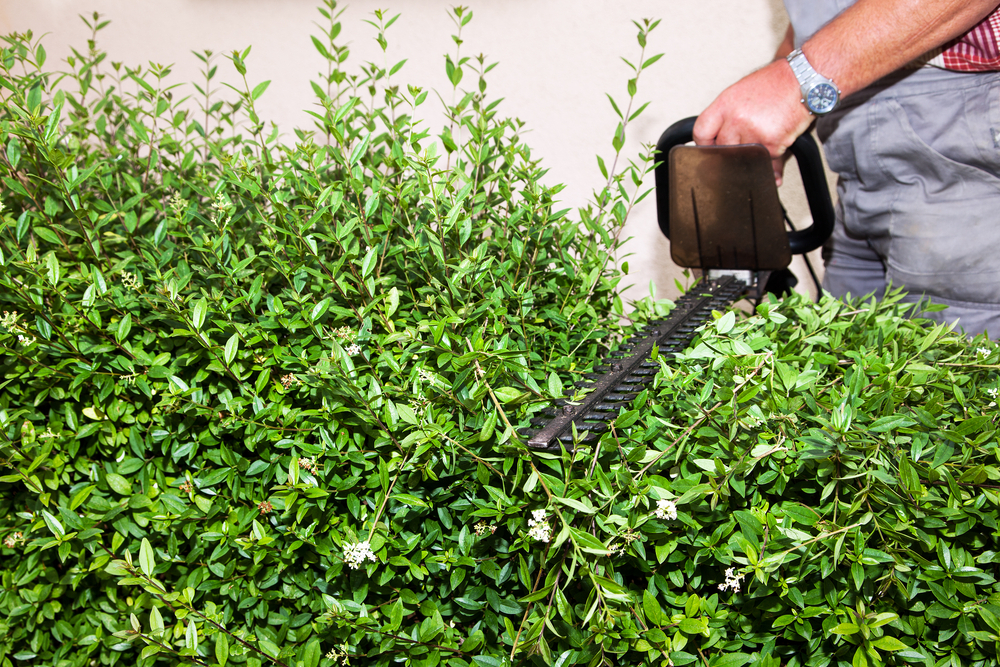Privet is a hardy and strong hedging plant, which grows virtually anywhere. Semi-evergreen or evergreen, privet has masses of bee-friendly white flowers in summer, followed by poisonous and blackberries.
Garden privet, wild privet, and Ligustrumovalifolium are popular hedging plants, excellent for establishing shelter and fast-growing privacy. Regardless of the shrubs you might have, pruning, trimming, or cutting practices remain the same. If it is your first time to trim, cut, or prune overgrown privet hedges, here are tips you may use to your advantage:
Use Shears
Using shears, whether hand-held pruner with power trimmer or scissor-like blade, will keep hedges tidy and stimulate bud production near the plant edges. However, as buds multiply, shrubs may become so thick that sunlight may not penetrate them, inhibiting interior growth. The result of this is a hedge, which looks lifeless inside and gets bigger every year.
The right pruning will enable sunlight to penetrate and allow you to reduce shrubs to avoid getting bigger. If your privet hedge is getting older, you may need to do rejuvenation trimming using the three-year rule.
Have a Plan
Trimming, pruning, and cutting hedges is very easy if you consider Trav’s Trees hedge trimming services and have a plan of action laid out. A plan of action encompasses knowing the plant species you want to prune. This will help you to determine the right time to take out a hedge trimmer.
Where possible, aim at mimicking the natural shape of the hedge. This may make life easier over the long run while resulting in less shaping and pruning.
Know When to Trim
You may do pruning any time of the year. Though the recommended time differs with the type of plants you want to prune. Contrary to the common belief, trimming at the wrong time will not kill the plants, but a continual improper cutting can lead to weakened or damaged plants. Avoid pruning at the convenience of pruners. Instead, only trim when it leads to the least damage to the plant.
Generally, the right time to trim is during early spring or late winter before growth starts. It is also recommendable to limit the total amount of trimming done late in summer because some plants might encourage growth.
Trim the Terminal Buds
Cutting and trimming buds at the tips of every branch encourages growth. It is advisable that you cut the tips at 45 degrees, making the trim be a quarter of an inch above the new buds. While trimming, be keen on the shape of the whole privet and maintain it as much as possible. Taller branches, which don’t blend with the shape of your privet hedge, should as well be cut back.
Your objective when trimming a privet hedge shouldn’t just focus on shaping. It may also need to ensure light reaches the base and interior of your hedge to make sure the lower branches don’t die off. Apart from shaping, you might also need to cut older stems instead of new growth and remove suckers or water sprouts, which siphon nutrients away for your privet hedge.
The Bottom Line!
Privet is as difficult as old boots and may comfortably tolerate hard trimming. Basically, hard trimming is best done in the winter.
Pruning encompasses cutting back privet shrubs. When pruning the shrubs, it is important to sharpen your cutting equipment and wear eye protection.
